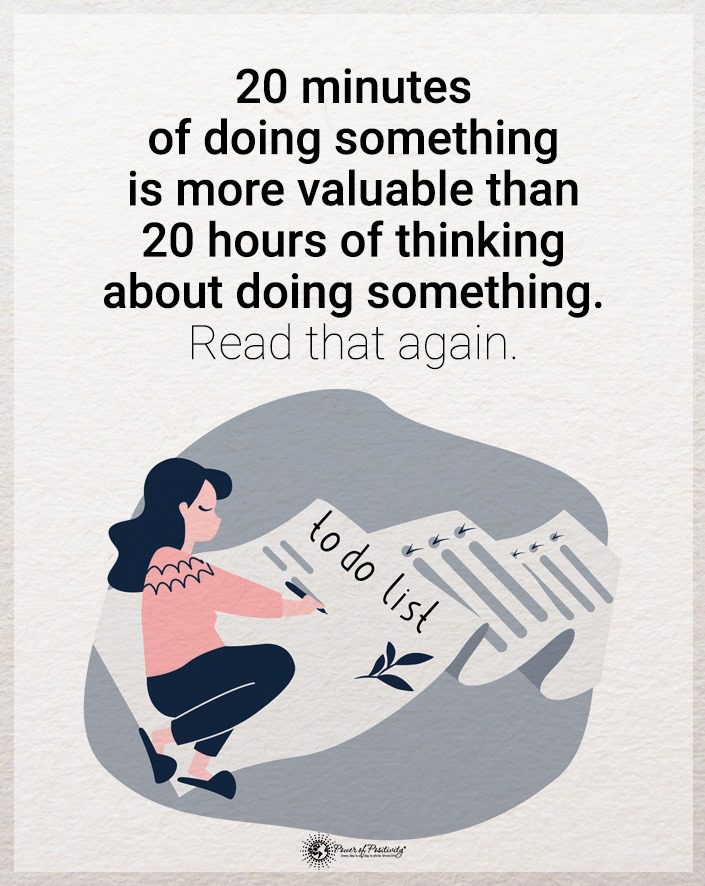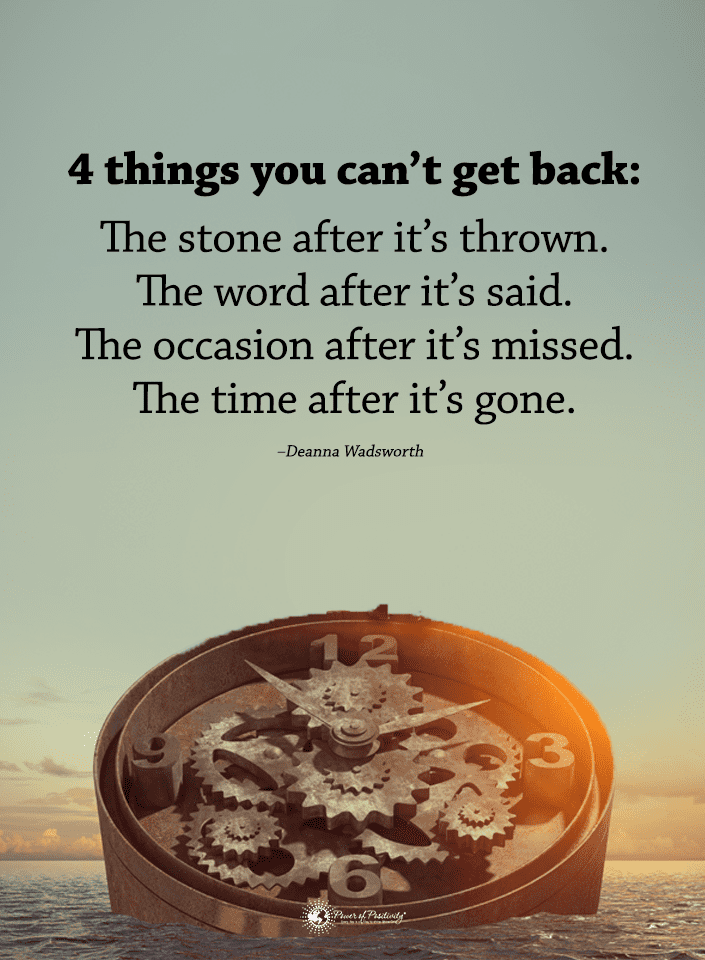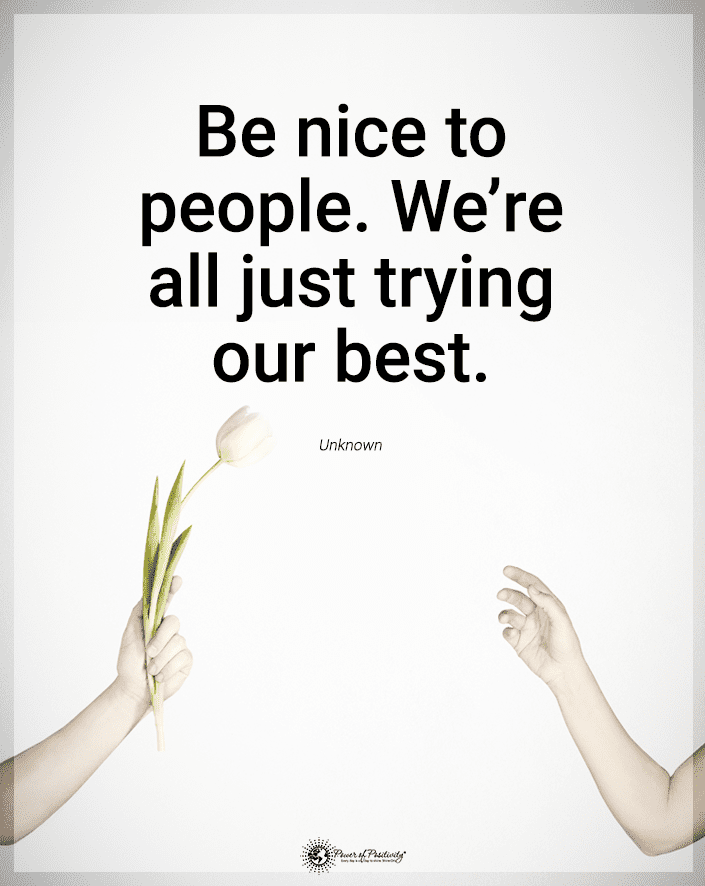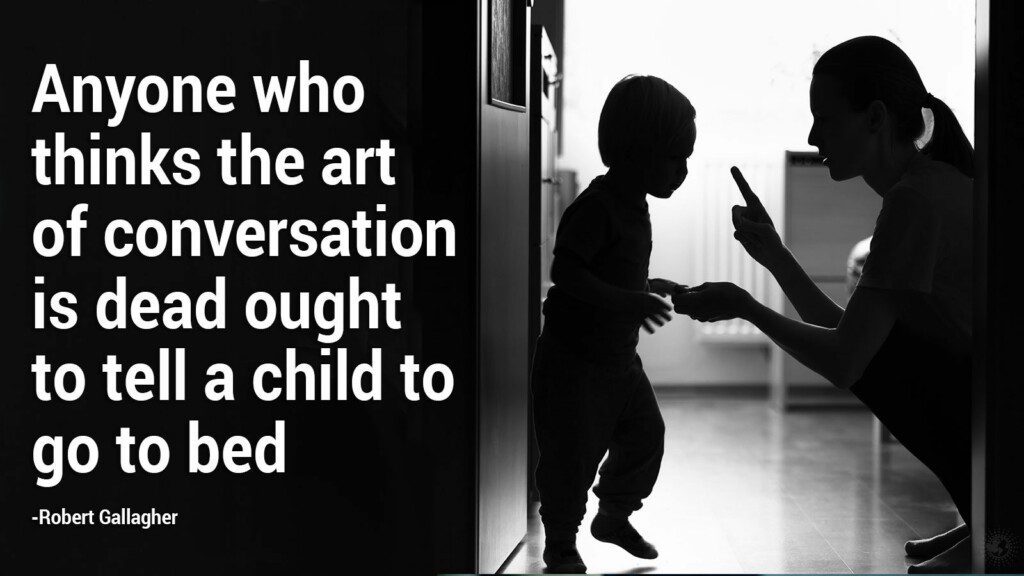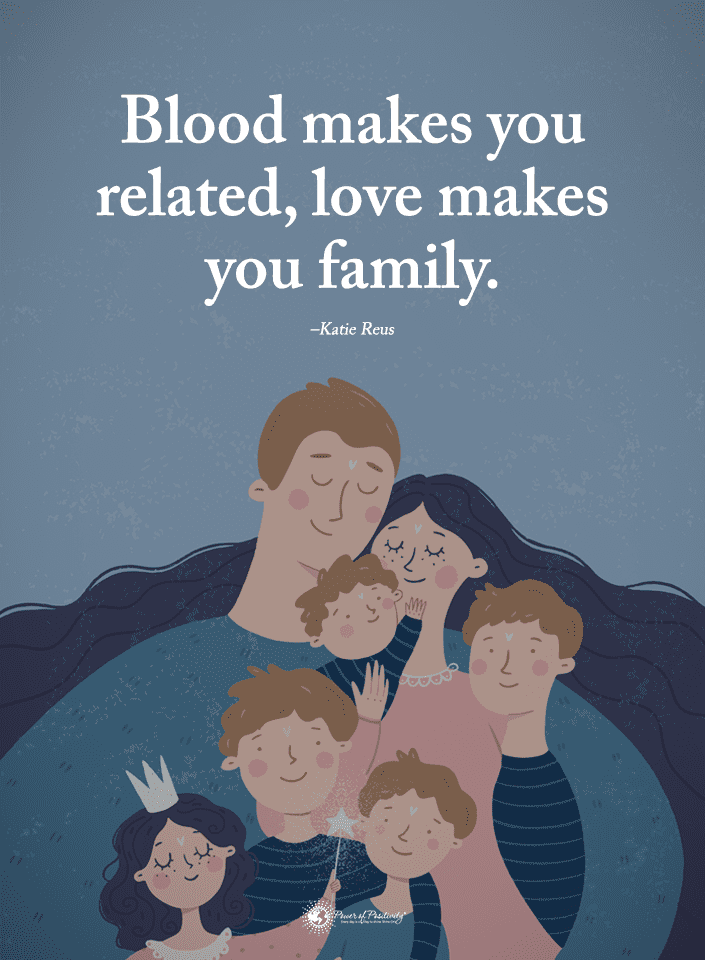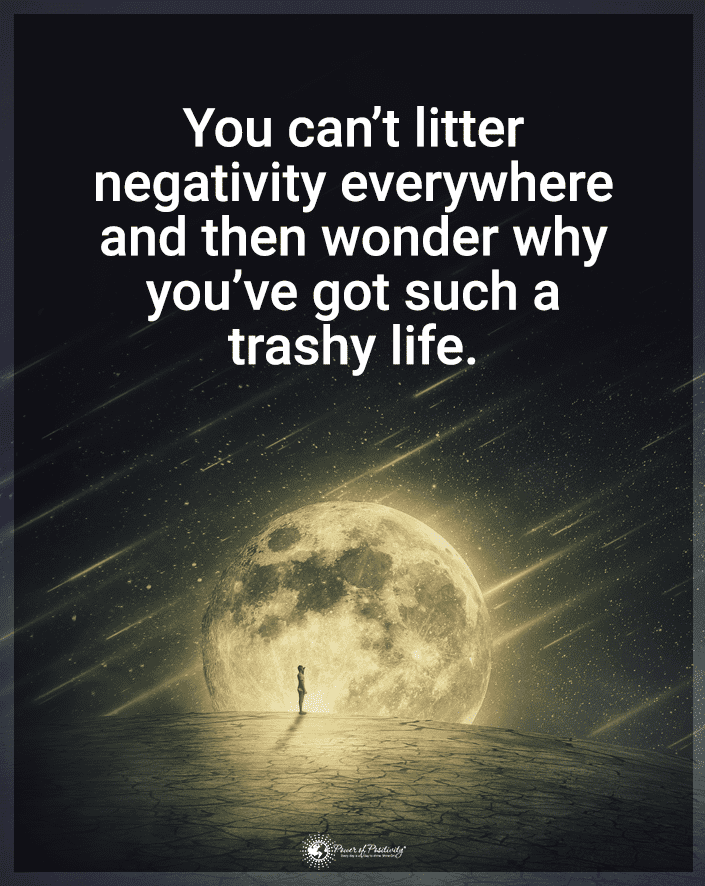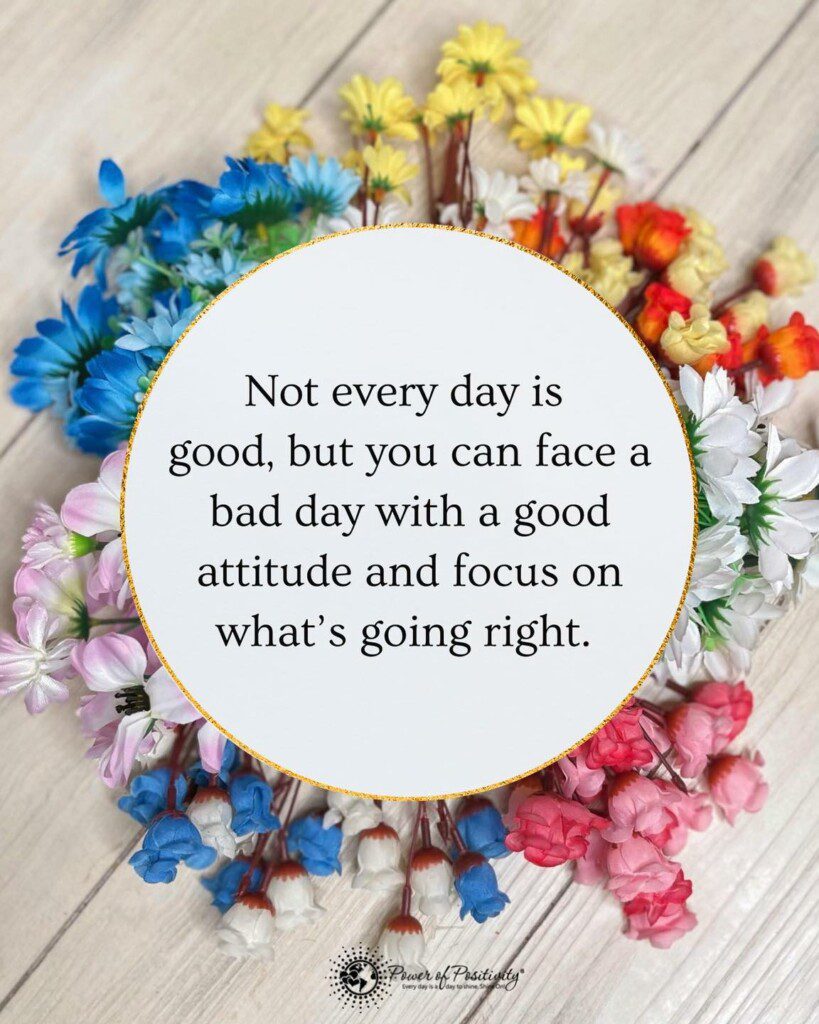Physical attractiveness plays a role in finding a partner. It’s one of the best ways for someone to see if they are compatible with someone else. However, clothing color can impact levels of attraction.
Physical attractiveness is different for everyone based on their preference for a partner. Some people want a partner with a specific waist-to-hip ratio or overall body size and mass. Other people prioritize a particular size chest.
Not only are the body shape and size aspects of attractiveness, but clothing color is, too. The color of your clothing can affect how others view you physically. Color also influences psychological factors, including mood and decision making, including choosing a partner.
What Psychologists Say About How Clothing Color Impacts Attractiveness
Psychologists studied how eyes track when looking at another person. They used eye-tracking devices to see how women assess the attractiveness of other women.
The experts used avatars with different body sizes, skin tones, and wearing different colors. They also asked women to focus on judging avatars based on body size and attractiveness. The color choices used were black, gray, white, red, green, and blue.

The Results of the Study on Clothing and Attraction
The study results indicated that the expert’s original thoughts were correct. The colors black and red were rated higher for attractiveness and slim body size ratings.
Gray and green clothing rated lowest, as they decreased attractiveness ratings and overestimated body size guesses. Additionally, avatars wearing black received more extended views on the upper body while those in white attracted views to the waist and hip regions.
This study showed that clothing color impacted attractiveness differently based on the subject’s skin tone. The way the color contrasted with skin tone made a big difference in the judging process. Avatars with darker tones were rated better in white, blue, and green than for paler complexions.
How The Chosen Colors Affect Attractiveness
Red enhances attraction because it is associated with desirability and sexual availability. Women wearing red are considered more attractive than if they wore a different color. They also prefer to wear red because it enhances sexual receptivity.
Black is a popular clothing color because it’s a fashionable option for every style. It also has a slimming effect on body images. The slimming effect is more pronounced on large body types, but it’s effective on everyone.
The low ratings of green and gray could occur for a few reasons. Only four of 31 participants in the study liked these colors, meaning it could be a personal preference for the color. These colors are also associated with low arousal.
Back, blue, and red are colors that caused the participants to underestimate their body size. Green, gray, and white caused overestimation. White led to the largest overstimulation, but it still attracted high body attractiveness ratings.
Other Things Colors Mean
Colors can impact attractiveness, but they can also imply other things. Learning the meaning of colors is helpful because it’ll help you exude the energy you desire.
Red
Wearing red clothing is believed to make women seem more attractive. It is associated with love and passion and can be a subconscious influence you don’t recognize.
Red is a powerful color, and business people often wear red suits or dresses. It makes a statement and helps people notice you. This color also exudes beneficial traits for the workplace, including confidence and superiority.
Standing out from the crowd improves your attractiveness because you don’t blend in. You make people see you and know that what they see looks good.
Red gives off powerful energy, evoking strength and creating a positive visual impact. It increases physical attraction. It grabs your attention and makes you want to stare. However, it can also represent aggression, and you might not want to wear it when meeting your partner’s parents.
Pink
As a soothing color, pink can calm aggression. It’s also tranquil, warm, and loving. It differs from red because it soothes people rather than stimulates them. Wearing pink sends the impression that you want to connect with others. It gives you a playful and fresh appearance.
Yellow
Yellow indicates happiness and optimism. It makes people think of sunlight and can make you cheerful. This color can also help you tap into your creative side and promotes friendliness.
Yellow promotes joy, and it can make you feel better. If you’re experiencing sadness or other negative feelings, consider wearing yellow to cheer yourself up. However, too much yellow or too bright of a shade can be overpowering and make you squint. Yellow can get your attention, which is why it’s the color of many warning signs.
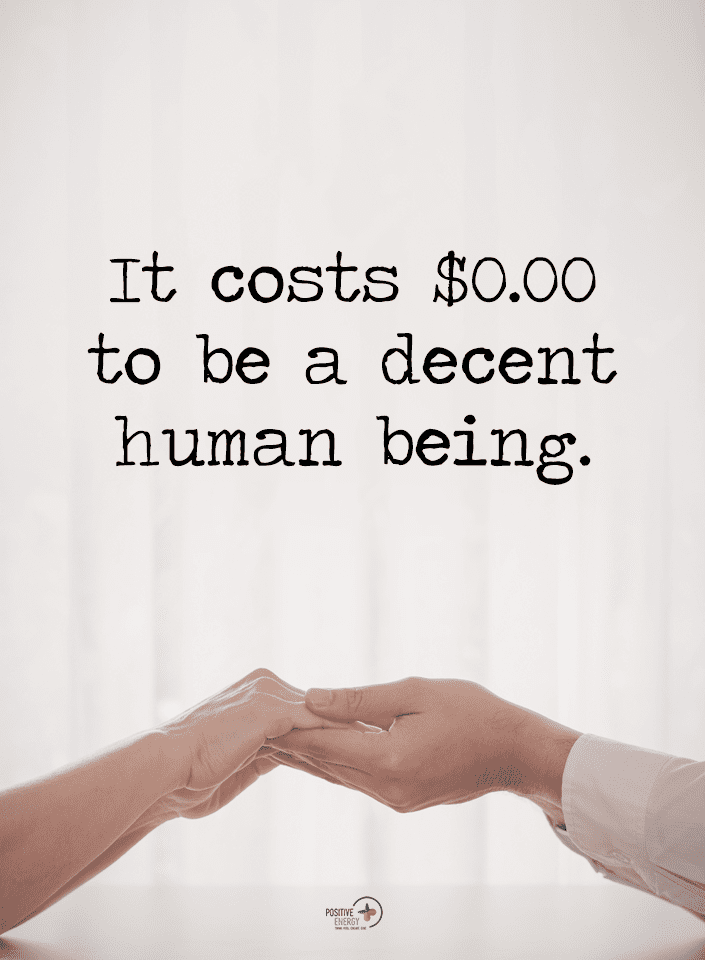
Orange
When you wear orange, it gives the impression of being fun and enjoying parties. It’s a bold statement that’s hard to miss and look away from. Orange makes people think of fun times, ambition, and warmth.
This color can also signify enthusiasm, attention, and energy. If you want to feel extroverted socially, consider wearing orange to help you feel confident.
Purple
Purple makes people think of wealth and wisdom. It also indicates prosperity and sophistication. This color is associated with royalty, so it conveys high quality. It also encourages meditation, contemplation, and spiritual awareness.
Blue
Blue is a restful color associated with calming feelings and serenity. It can help you focus, promoting productivity and efficiency. People also often associate blue with trust and intelligence, although it can portray coldness.
Wearing blue can also make you seem loyal and stable. It can also make you feel confident and ease anxiety. You might want to wear something blue for stressful situations because it helps decrease the stress.
Green
Green is a calming color that promotes generosity and peace. It also hints at balance and restoration and can make you experience a sense of safety. While the abovementioned study indicated it didn’t promote attractiveness, it can still be a beneficial color to add to your love.
Wearing green can make you feel renewed and grounded. Another good time to wear it is when you’re beginning a new project or journey in life. It’s a sign of luck that you’ll feel it when you wear the color.
Black
Associated with power and authority, the color black conveys sophistication in attraction. It also makes people think you’re intelligent but can also be somber. Many people wear it to funerals as it is associated with grieving.
While it’s a beneficial color for attractiveness and authority, you don’t want to wear too much. It can be overwhelming if you wear it head to toe, so pick your favorite item and pair it with another color.
Gray
Gray will give you a neutral look because it is a suppressive color. It gives off vibes of being unconfident, depressed, and lacking energy.
How to Choose the Best Color for You
Bright colors are associated with positivity, whereas dark colors link to negative emotions. Choosing the best outfit takes work, and thinking about the colors is essential. If you want to attract looks, try wearing red or black.
However, you can wear other colors if you like them. Remember that what psychologists found on this topic isn’t set in stone. Wear what you want to and make sure you’re comfortable in it.
Some colors can decrease attraction, so you might want to avoid these colors. These colors include:
- yellow
- dark brown
- gray
- green
After reading this list, don’t beat yourself if it includes your favorite color to wear. If you like the color and feel it looks good on you, go for it anyway. Don’t let anything prevent you from wearing what you want to wear.
Consider the Context of Attraction and Fashionable Color Choices
You’ll want to consider the occasion when choosing the color of your clothing. Some experiences require specific colors, while you can have fun getting dressed for other events. If you’re going on a date or to a party, bright colors are best, including red or turquoise. Consider deep, cool hues for a job interview, including gray, navy, or black.
Other Ways Color Affects How People View You
The way your clothing impacts attractiveness also depends on the situation. Conservative and professional colors are optimal for a banker or financial adviser.
People want to know that the person in charge of their money is polished and neat. You’ll notice lots of black, gray, and khaki in a financial institution and subconsciously associate it with professionalism.
However, you don’t want someone who sticks to subtle professional colors in a creative industry. You’ll want someone who can show you their personality and how they bring exciting things together to look good.
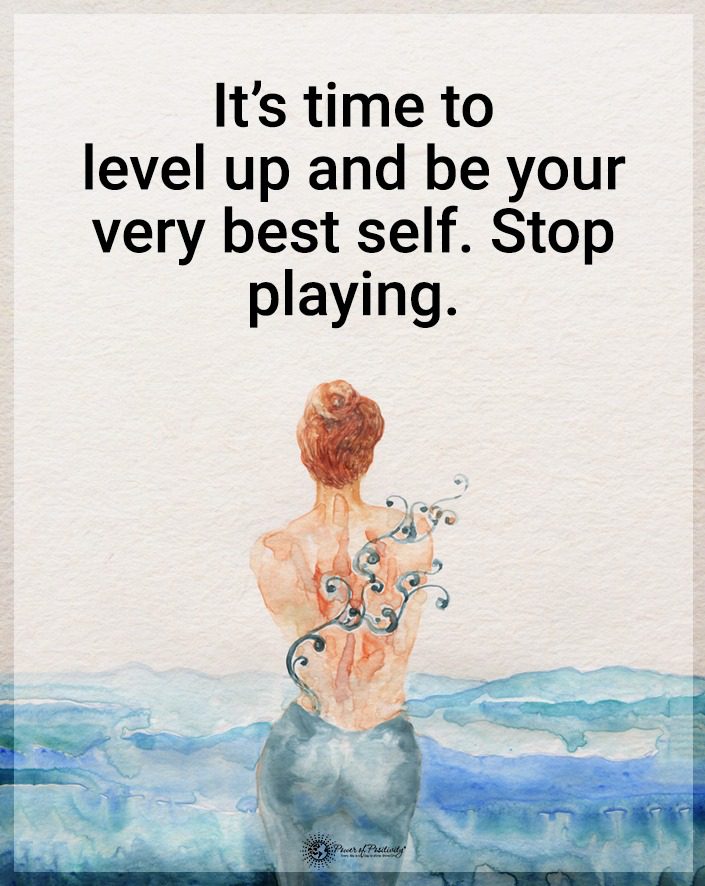
Final Thoughts on Psychologist Explains How Clothing Color Impacts Attractiveness
The colors you wear say quite a bit about you and affect how people perceive your attractiveness. It’s a way of branding yourself and gives insight into your identity. With this information, you’ll easily choose your clothing before going out.
Figure out what colors look best on you and fit your personality. You’ll feel good about yourself, and others will find you more attractive. However, remember your opinion and comfort level are all that matter–life is more than physical attraction.


